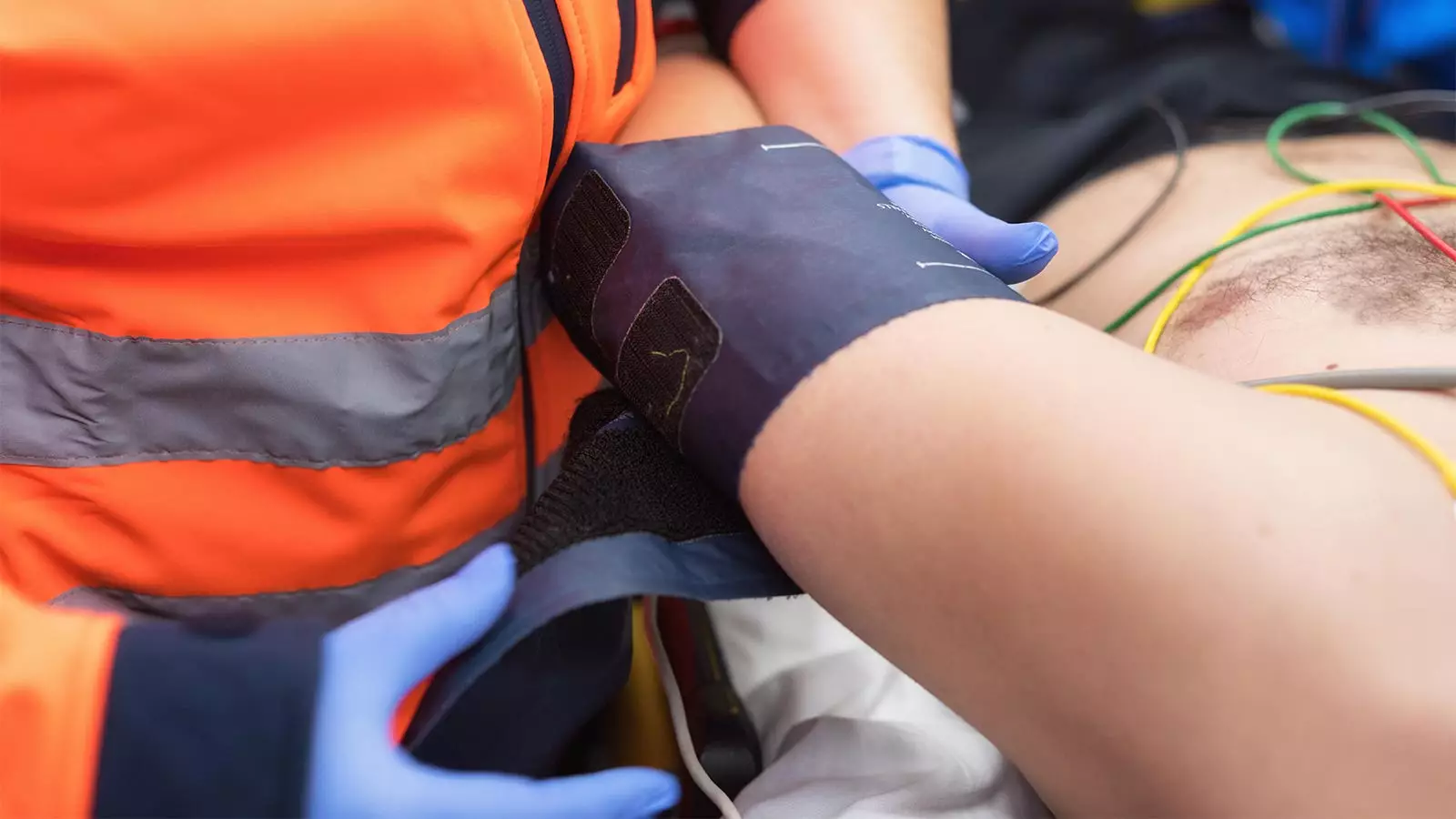The China-based INTERACT 4 trial brought to light some interesting findings on prehospital blood pressure control in stroke patients. Contrary to expectations, bringing blood pressure under control in the ambulance did not improve stroke outcomes in an unselected population. The study, led by Gang Li, MD, PhD, of Shanghai East Hospital at Tongji University in Shanghai, and his colleagues, revealed that functional outcome measured by the modified Rankin Scale was no better with early systolic blood pressure reduction to 130-140 mm Hg compared with usual care en route to the hospital. The results were published in the New England Journal of Medicine and presented at the European Stroke Organisation meeting in Basel, Switzerland.
Of particular interest was the effect of prehospital blood pressure control on functional outcome based on stroke type. For patients diagnosed with ischemic stroke at the hospital, prehospital blood pressure control significantly increased the odds of a poor functional outcome. On the other hand, for those with hemorrhagic stroke, there was a significant relative reduction in the risk of poor functional outcome. These results, as noted by Jonathan A. Edlow, MD, of Beth Israel Deaconess Medical Center and Harvard Medical School in Boston, were somewhat predictable given the divergent nature of blood pressure targets for different types of strokes.
The results of the INTERACT 4 trial were met with mixed reactions from the medical community. While some hailed the study as groundbreaking, others expressed concerns about its implications for clinical practice. Similar neutral findings with possible harm were observed in the RIGHT-2 trial of nitroglycerin patches administered in the hospital for suspected acute stroke patients. The differing blood pressure targets for intracerebral hemorrhage versus acute ischemic stroke underscore the complexity of managing stroke patients in the prehospital setting.
Despite the intriguing findings of the INTERACT 4 trial, several limitations must be acknowledged. The use of urapidil, an α1 receptor blocker unavailable in the United States, raises questions about the generalizability of the results to other populations. The nearly even split between patients with intracerebral hemorrhage and those with acute ischemic stroke in the study population is also a point of concern. Further validation of the trial results in diverse settings is needed to confirm the hypothesis-generating nature of the study.
The INTERACT 4 trial sheds light on the complexities of managing stroke patients in the prehospital setting. While the results may not provide definitive answers, they open the door to further research and exploration in this critical area of stroke care. As we strive to improve outcomes for stroke patients, studies like INTERACT 4 serve as valuable pieces of the puzzle in understanding the role of prehospital interventions in optimizing patient care.


Leave a Reply